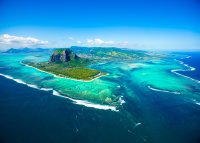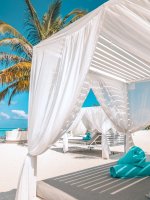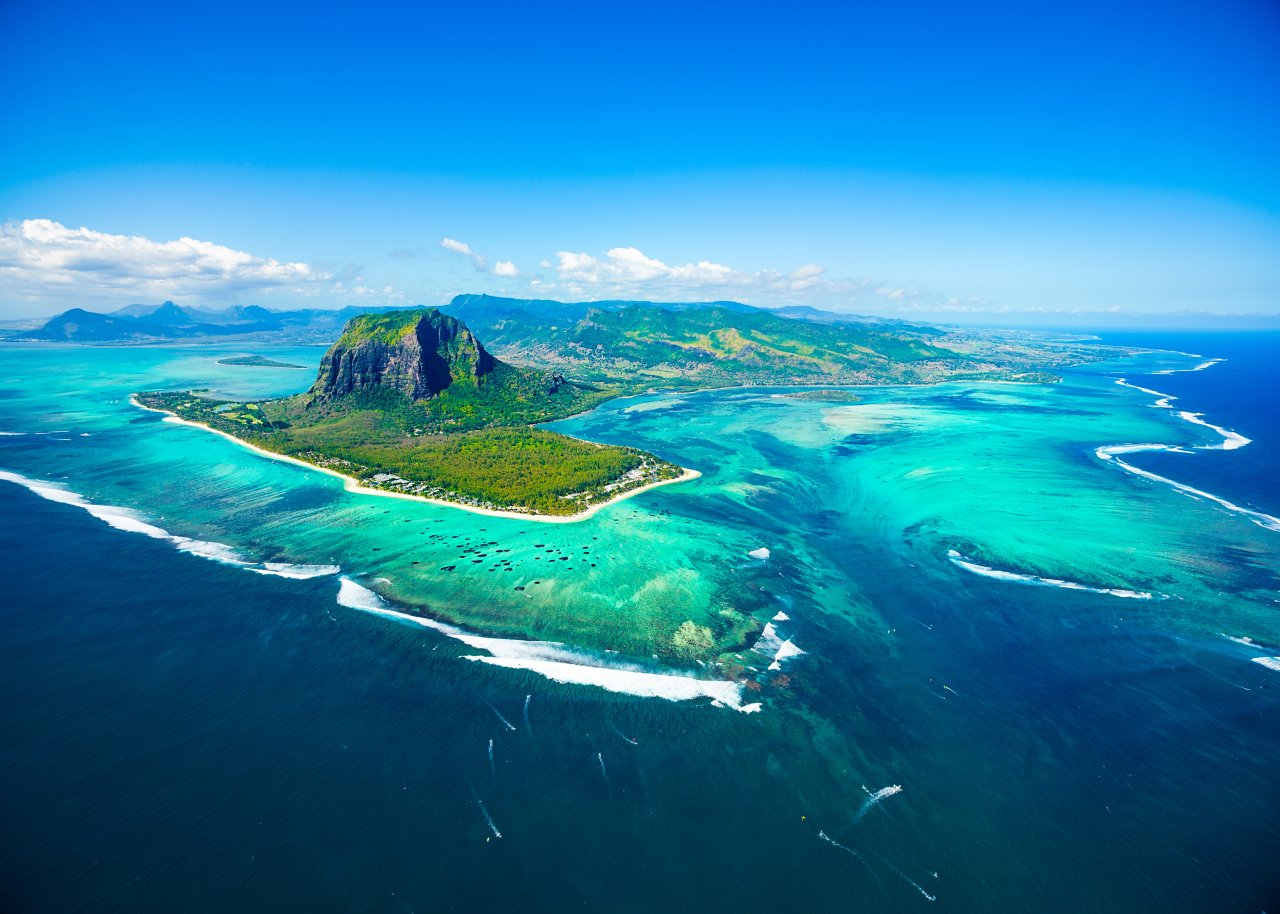The island’s fish shape has its head in the east and its forked tail in the west. The bay at St François is its mouth. The road from the airport at the western corner of Rodrigues to Port Mathurin winds over the spine of mountains in the island’s centre. These spines run north to south with deep ravines between them and offer breathtaking views down to the coast.
The Sir Gaetan Duval Airport is at Plaine Corail. The quickest route to Port Mathurin and the east is via La Fouche, Quatre Vents and Mont Lubin. From La Fouche you can also head north or south to the coastal roads. The north coast road takes you through Port Mathurin as far as Grand Baie, whilst the southern equivalent ends at the Mourouk Ebony Hotel in Pâté Reynieux. Both offer picturesque drives through villages and smallholdings, where cattle and pigs can often be seen rummaging on the seashore. Mangroves have been replanted along both coasts and can be seen in various stages of development.
The road from Mont Lubin in the centre of the island down to Anse Mourouk is steep and winding, with 52 bends, giving you time to admire the spectacular view of the lagoon. The deep blue channel you can see snaking through the reef is known as La Grande Passe. Dotted through the lagoon you can also see the islands of Hermitage, Ile aux Chats, Ile Plate and Ile Gombrani. At Port Sud Est is the tiniest hairdressing saloon I have ever seen, Pierette Coiffeur, consisting of one small room in an unassuming concrete box on the hillside but with million dollar views.
Beyond Port Mathurin is Crève Cœur, where there is a Hindu temple dedicated to Shiva. Further along the coast is the pretty bay of Anse aux Anglais, which has a sandy beach and plenty of places to stay. Scores of local ladies can often be seen walking out into the lagoon to catch octopus.
Almost all the island’s roads lead to Mont Lubin before branching off in different directions. On the road from Port Mathurin to Mont Lubin, the Queen Elizabeth Hospital is on the right and the meteorological station is on the left. Opposite the meteorological station is a shrine to the Virgin Mary, La Reine de Rodrigues, built in 1954, with magnificent views over Port Mathurin and out to sea. Nearby is a cannon, placed there by the British to defend the island. On the same road around the area of Solitude, you’re likely to see rare Rodrigues fruit bats in the late afternoon.
In the centre of the island is Mont Limon, Rodrigues’s highest point at 398m. From the road there is a short path leading to the summit, which offers far-reaching views around the island. Nearby, just south of the main road, is St Gabriel, which boasts the island’s largest church. It was built from limestone blocks from 1934 onwards by devoted parishioners who carried the coral, sand and cement on foot.
To the north of the main road is the tiny village of L’Union, where there is a low-key, pyramid-shaped monument to the island’s slaves. According to its inscription, in 1736 the island’s population was two whites and six black slaves. Nearby small stones mark the graves of unnamed slaves. This is also where you will find the tomb of Philibert Marragon and his wife – in contrast to the slaves’ graves, rather elaborate. Marragon was one of the island’s first permanent settlers, arriving in 1793. He was a farmer and the island’s first civil agent for the French Government (see also page 202).
There is no road along the east coast but this is where the island’s best beaches are found, including the much-photographed Trou d’Argent. They can be reached on foot and are almost always deserted . A protected marine area stretches along the south of the island from Pointe Roche Noire in the east to Plaine Corail in the west.
Travelling west from Port Mathurin the road hugs the coast; octopus can often be seen hanging out to dry in the sun. At Pointe la Guele, is the island’s only (usually empty) prison, an unassuming blue and white building with fantastic sea views. At La Ferme, a school and church serve scattered dwellings. It was at this unassuming church that Pope John Paul II celebrated Mass on 15 August 1989.
The west is the driest part of the island and is sprinkled with small rural settlements. The lagoon is wide here and provides memorable views. In the community of Baie Topaze Mme Grandcourt (% 831 7535) sells honey and homemade pickles at the door. In 2011, a church in the shape of a boat was built at Camp Pintade; before its construction the residents of this part of the island had to travel to the church at La Ferme.















